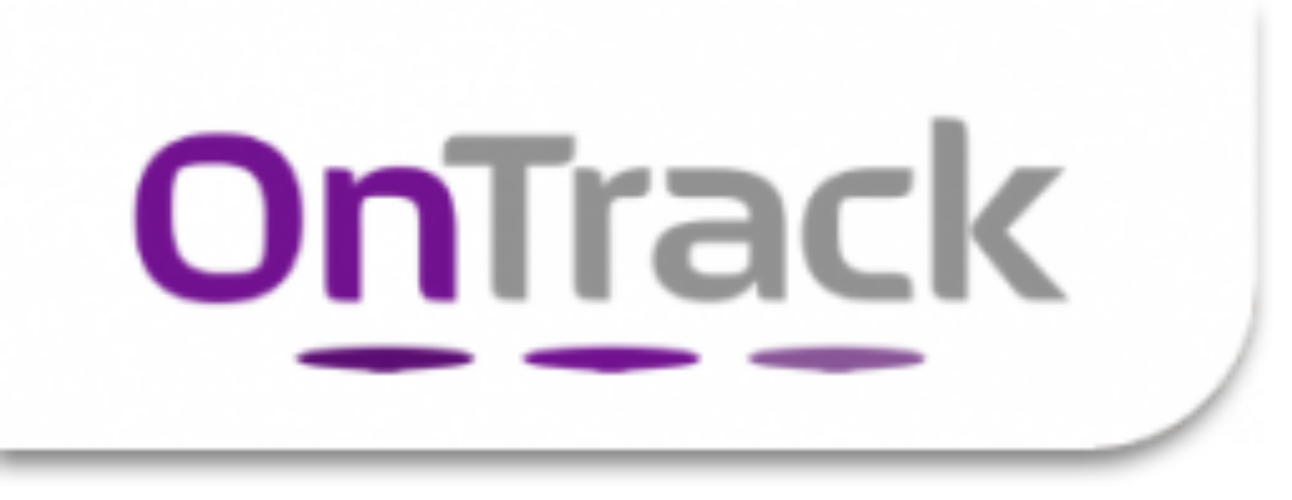This is a question which should be asked by every budget holder  involved in learning and development programmes. It is a question I fully anticipate and am prepared for in my role as Development Partner, when I speak to my clients. It is also a question those new to our services like to ask to (quite rightly) challenge us or put us on the spot – it is important to understand that the monies spent will deliver a return.
involved in learning and development programmes. It is a question I fully anticipate and am prepared for in my role as Development Partner, when I speak to my clients. It is also a question those new to our services like to ask to (quite rightly) challenge us or put us on the spot – it is important to understand that the monies spent will deliver a return.
All too often, however, I have prospects either not asking the question at all or leaving me with the feeling that they do not necessarily want to hear the truthful answer. It is hard work and often involves a lot of effort from a range of stakeholders and it cannot always be done in a digital way for the best results.
Proper evaluation also comes at a cost – be it in time – yours and/or ours – or in money. The reward, however, is knowing what the value of the investment you have made is and what difference it has made within your organisation; thereby helping you make informed decisions about future development programmes. Without it, your decision making is blind and you can only, at best, act on hearsay and the odd happy sheet feedback comment.
Working with some excellent clients who are committed to doing the groundwork at their end, I have learnt a lot about how to plan for successful evaluation.
1. Planned Preparation Presented.
‘Failing to prepare is preparing to fail’ – The mantra may be old but that does not make it less true.
- Careful preparation before any training takes place must happen.
- What does the ‘now’ look like?
- What are the current symptoms?
- What works well?
- What does not work so well?
Simple snapshot questions which are equally relevant whether you are dealing with a person, a team or the organisation as a whole.
- In addition to these questions, it will pay dividend at the end of the journey if you also look at ways to pin down measurable figures. Here are some examples – not an exhaustive list:
- Monetary value (Pounds, Dollars, Euros…) – how much is your existing situation costing you and your organisation?
- Staff turnover figures – leavers, joiners, internal promotions, disciplinaries…
- Recruitment costs – new recruits, internal v external recruitment, cost of losing new recruits within the first 12 months…
- Survey scores – Employee Satisfaction/Engagement, Customer Satisfaction…
(c) For behavioural symptoms requiring change or to identify best practice to aim for – a 360 or 180 profiling exercise could be invaluable to gain an understanding of how a team or individual is performing both from their own perspective as well as from relevant stakeholders dealing with the individual and/or team on a frequent basis.
Once known, a clear snapshot report of ‘the now’ should be presented to relevant stakeholders for buy-in and agreement.
2. Define Success.
Once you know what is not working so well. Do the same exercise and set realistic targets for what success will look like. If you do not know what success looks like – how will you know when you get there?
- Look at your ‘now’ baseline scenario and figures – then have a think about what these scenarios (often behaviours or actions) and figures would need to look like for you and the organisation to feel content that targets have been met.
- Look at your intended learners’ Capability Framework, Matrixes (sp?), Role descriptions and ensure you have a clear idea of what the successful behaviours they should achieve and comply with look like.
(c) Make your desired outcomes SMART:
- Specific
- Measurable
- Achievable
- Realistic
- Timebound
3. Communication.
Strictly speaking, the Communication piece is not necessarily included in the three-step process of successful evaluation, but communication is so important in the strive to achieve successful outcomes that I have decided to include it as a ‘guest’ bullet point as part of the overall process.
Unless your learners know and understand what is expected from them; why a development intervention has been put in place and how the successful outcomes will impact them down to an individual level, they may fail to see the value in working hard to achieve those outcomes.
Any use of 360 profiling surveys should be carefully communicated back to the learners prior to their development starts – some may not be aware of some of the issues and the 360 data can often offer helpful objective evidence to help them see the need for change.
Also prepare your learners that they will be expected to give anecdotal evidence at the end of their learning journey of not only what skills they have learnt, but also how they have applied them and share some thoughts on what impact that learning might have had to the individual, team and ultimately the organisation.
4. Follow-up & Evaluate.
Now, if you we have followed step one to three above, step four suddenly becomes relatively easy. With all the baseline measurements in place, all we need to do is to take another snapshot again. Compare the numbers pound by pound, recruitment by recruitment, survey score by survey score and so forth. Re-do the same 360 with the same people providing feedback and compare the outcomes.
In addition to the above, we always encourage our clients to undertake some form of qualitative evaluation – usually this will involve their learners in some form of end of programme commitment to tell their story in their own words of what they have learnt, how they have applied it and what impact it has made. It could take the shape of a written assignment, a presentation or something less formal as part of a line manger 1:1.
At OnTrack we work in partnership with our clients to share the burden and undertake different parts of the evaluation process. We always ensure that we support the learners throughout their learning journey in a variety of ways to set them up for success at the end – both in achieving set outcomes and in delivering the anecdotal experiences and newly honed skills. If you would like to learn more about how we can support your organisation, please contact us on cecilia.curry@ontrackinternational.com



